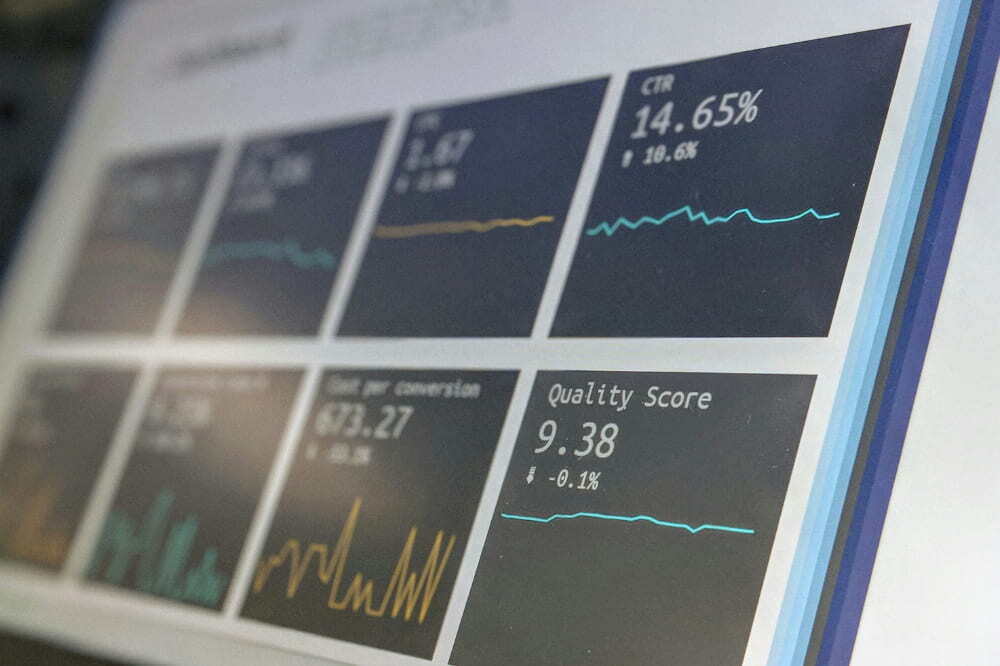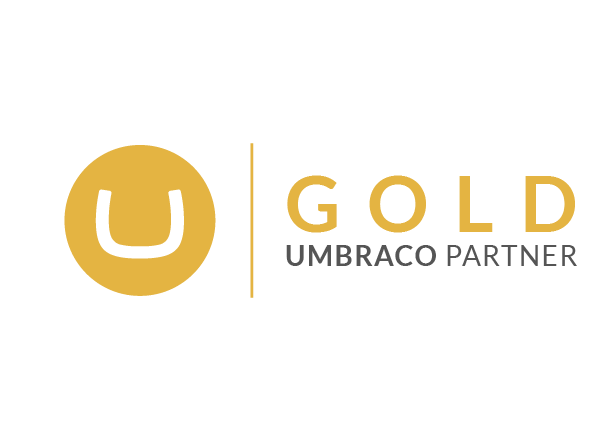
As a growing business, it can be hard to keep track of where your customers are coming from, why they’re coming in, and how long they will stay. In fact, it’s almost impossible once you get to a certain point.
| Table of Contents |
That is why CRM systems have been such revolutionary software in the digital era, because no longer do you have to keep track of all customers, as these systems are designed to do all the hard work for you.
HubSpot is one of the leading CRM software programmes on the market today to help with these tasks. However, there is a lot of confusion in the HubSpot community around ‘what are deal stages in HubSpot’ and in today’s blog, we’re going to go through that step-by-step so you don’t have to struggle when trying to operate this side of the software.
What are the deal stages in HubSpot?
Regarding deal stages in HubSpot, this is the process in which you’re notified every time a prospect is moving along your sales pipeline towards closing the sale. For example, one deal stage could be ‘talking to’, or ‘in checkout’, etc.
Once you have created deal pipelines in HubSpot, this doesn’t mean that you’re limited to only their options, as you can constantly be moving a deal and editing it. Therefore, if you feel like a specific deal stage name doesn’t help or relate to your customer journey sales funnel, you can always go in and change this using the ‘edit property settings access’.
The main purpose of this framework is to guide businesses in the UK through the sales process. These stages are designed to enable the seamless progression of potential customers from initial contact to successful closure.
Without this process, you won’t have any idea how many customers are looking to buy from you or how you’re progressing as a company to meet your long-term goals.
The main examples of each deal stage in HubSpot
As you set up deal stages in HubSpot, there is a default deal stage process that is typically assigned to businesses when using this procedure to capture and manage leads.
The first stage is "Appointment Scheduled," where initial contact is established and a meeting is arranged by the sales team to initiate the first part of your customer’s sales journey. This essentially marks the starting point.
The "Qualified to Buy" stage comes next, signalling that your lead possesses the genuine interest and the financial ability to make a purchase, making them 'sales-ready'.
After establishing a prospect's interest, "Presentation Scheduled" becomes relevant. This stage involves planning a presentation or demonstration to showcase the product or service.
The "Decision Maker Bought-In" stage follows when key decision-makers within the prospect's organisation express commitment and interest in moving forward with the purchase.
"Contract Sent" comes into play after positive engagement with your prospect, meaning that a formal contract or proposal has been sent to the prospect, outlining the sale's terms and conditions.
The "Closed Won" deal stage represents the successful closure of a deal, meaning that the contract has been signed and the sale is complete.
On the other hand, "Closed Lost" acknowledges that not all of your deals will result in success. This close date marks the prospect's decision not to proceed with the purchase.
How to set up deal stages in HubSpot: Step-by-step
Before you can begin to use deal stages to your advantage and begin to customise them to suit your business model, you must first know how to set them up. In this section, we’re going to tell you step-by-step how to add deal stages to your HubSpot account:
- Go to settings within your Hubspot account
- Next, you need to go to ‘Objects’ and click ‘Deals’
- After that, press the ‘Pipelines’ section
- Then, click ‘Select a Pipeline’ and press ‘Create Pipeline’ when it drops down
- Name what you want your pipeline to be called and then click ‘Create’
- Once this is done, you can then edit your deal stages by going to ‘Settings’ → ‘Objects’ → 'Deals', then go to the deal stage you want to edit, choose the ‘Actions’ tab, and then you can customise it in any way you want (i.e., name and order).
Deal stages can be a great way to automate your sales processes and see where each potential customer or prospect is on their way to making the payment. If you’re a product-based business, our advice would be to rename the original deal stage names, as they’re more suited to service-based businesses.
Instead of ‘contract sent', for a product-based business, you could have ‘added item to cart’ as an example, so this feature can work for all types of businesses if you use it in the correct way.
How do you use deal stages in HubSpot to your advantage?
Now, if you feel overwhelmed by what to do once you’ve set up, we’re going to give you some of our best practices that you can use to make the best use of HubSpot deal stages:
A clear difference between stages
If you create your deal properties too similarly, it will be hard to tell the difference between how far your potential customer or client is moving along your lead scoring system. Sitting down with your sales and marketing team will be beneficial, as you’ll be able to list your ideal customer journey and rename and reorder it based on what you come up with.
Customising your deal stages
As a business owner who is selling different products or services, it will be a good idea to have multiple pipelines and deal stages for different product lines or opposing services within your business. This way, if you have other departments within your business, the team that is more familiar with one topic can look at that specific deal stage, and vice versa.
Track your performance
If you install this feature and aren’t tracking your predicted or actual revenue, there is no point in using the feature. Finding where you ‘won’ and ‘lost’ your prospect will give you relevant information about what you need to improve or double down on within your website.
Learning when to follow up and nurture customers/clients
This is classified as a nurturing strategy, so if you notice that a prospect has been left too long without any news from the business, follow up. Vice versa with anything else, such as upsells, abandoned cart emails, renewals, and many more.

5th longest-standing Umbraco Gold Partner in the UK
- Umbraco Gold Partner for 10+ years
- ISO 9001 and ISO 27001 accredited
- Cyber Essentials Plus Certified
- In-house Umbraco-certified developers



